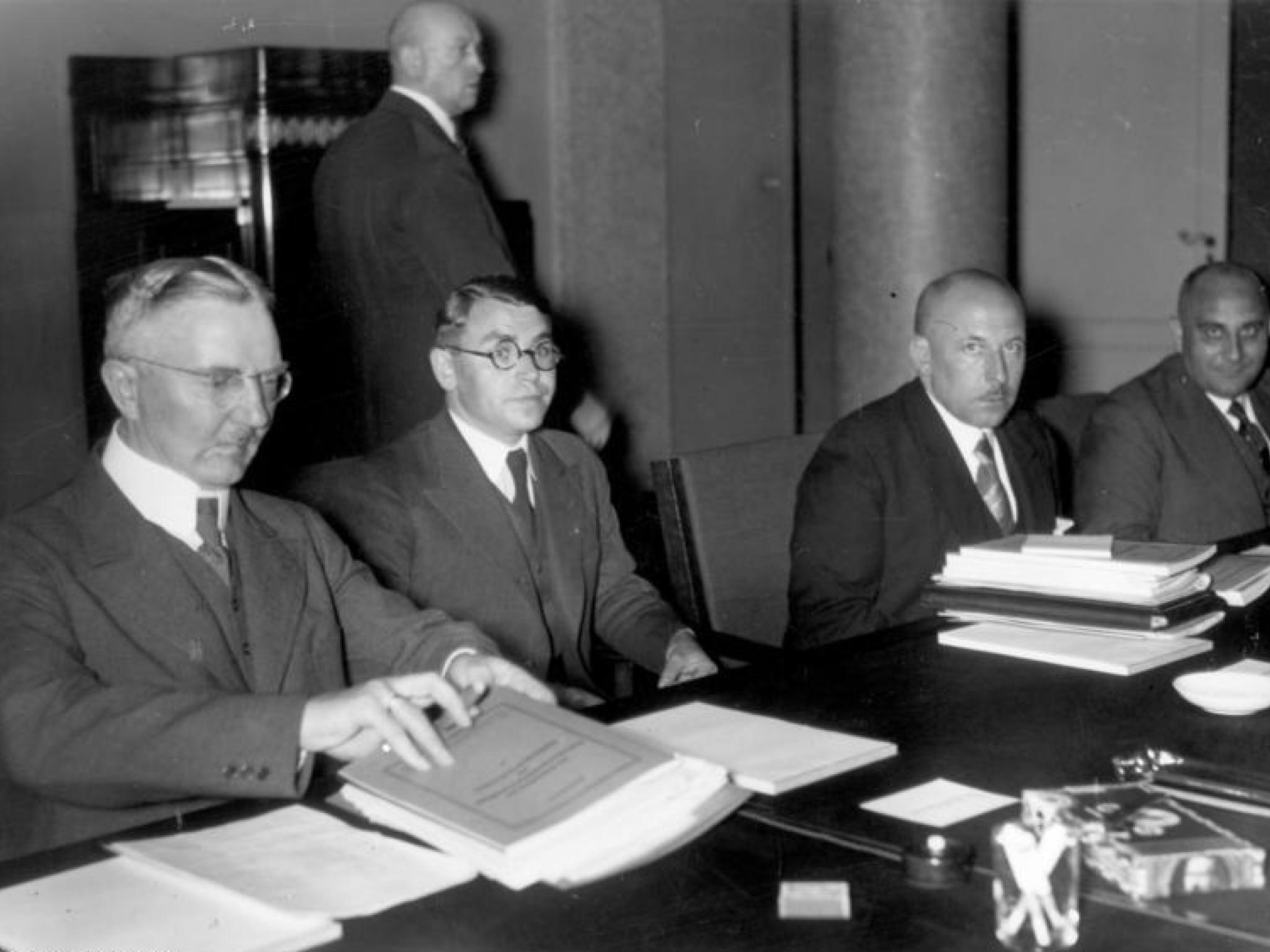
Each day, Benzinga takes a look back at a notable market-related moment that occurred on this date.
What Happened? On May 12, 1927, German central banker Hjalmar Schacht restricted margin loans issued for stock market speculation.
Where The Market Was: The Dow traded at around 2,632. The S&P 500 did not yet exist.
What Else Was Going On In The World? In 1927, the Holland Tunnel connecting New York City with New Jersey was opened. Charles Lindbergh completed the first transatlantic flight in The Spirit of St Louis. A half-gallon of milk cost 28 cents.
Germany’s Economic Woes: Many investors know Germany triggered one of the most extreme periods of hyperinflation in history in the 1920s by printing money in an attempt to pay off its World War I debts.
In early 1927, however, the German stock market was booming. In fact, the stock market was up 160% in just 17 months when German central banker Hjalmar Schacht pressured Berlin’s largest banks to issue a joint statement announcing that margin loans would be restricted. Schacht was concerned about the rapid rise in stock prices that were fueled in part by Germans borrowing money to buy stocks.
The day after the announcement, the German stock market crashed 13% on what is now known as Germany’s “Black Friday.” Investors who couldn't meet the new margin requirements were forced to liquidate their holdings, resulting in a stock market fire sale.
In 1928, Germany’s war debt was reduced from 132 billion gold marks to 121 billion gold marks in an effort to ease the economic burden on the struggling nation. However, the global Great Depression in 1929 ensured that Germany would have no chance of making its payments.
In 1933, newly elected German Chancellor Adolf Hitler canceled all German war debt payments.
Photo: Schacht (left) at a meeting in the Reichsbank transfer commission in 1934, German Federal Archive, Wikimedia







